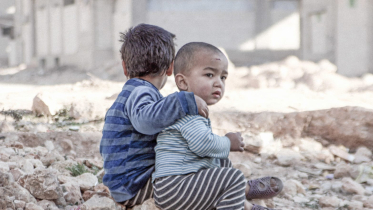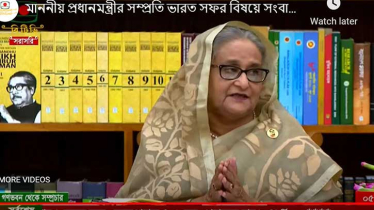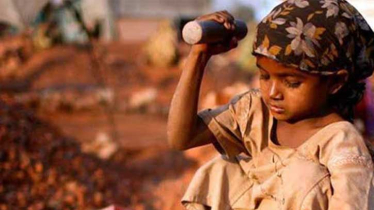
We continue to grieve in silence as footage of parents mourning the loss of their children in armed conflicts flash across our screens.
There are two grim pictures playing in my mind. In Mariupol, 2-year-old Artem, with shrapnel wounds to his stomach, waiting in an ICU unit for his family to see him. And in Yemen, 8-year-old Omar playing in the city of Taiz when an artillery shell exploded nearby, seriously wounding him and killing his elder brother Mahmoud.
Ongoing aid cuts, restrictions on humanitarian access, economic collapse and heavy fighting in populated areas are presenting serious threats to children’s safety and well-being. And though aid organizations and support groups are working tirelessly to help mitigate the serious physical and emotional traumas that armed conflict has been inflicting on children, more — much more — needs to be done. The number of major conflicts around the world has tripled since 2010, and at least one-fifth of youngsters live in conflict zones today.
In 2019, one in four civilian casualties in Yemen were children — a jump from one in five in 2018. Meanwhile, in Syria, a record 90 percent of children are in need of humanitarian assistance and half a million children under the age of five suffer from chronic malnutrition.
Currently, over 5.5 million children in Ukraine face serious risk of exploitation, trafficking and abuse, in addition to requiring basic services like health, education and sanitation. And according to UNICEF, Russia’s war on Ukraine has caused one of the fastest displacements of children since World War II, leaving over 1 million children as refugees.
Children suffering in armed conflict is not a new or unfamiliar tragedy; they have always paid the highest price in humanitarian crises.
In the early 1900s, hundreds of thousands Armenian children were subjected to grueling marches through mountainous terrain without food and water during the Armenian genocide. Those who couldn’t keep up were left to die, and those who survived endured exploitation, hard labor and physical or sexual abuse.
During World War I, children frequently fought in both the Allied and Axis forces, while others were abducted and beaten into submission or forced to evacuate. And in London alone, 7,736 children were killed and 7,622 seriously wounded during the Blitz.
From Yemen to Syria, the Democratic Republic of Congo to Colombia, and Myanmar to Afghanistan, after decades of relative wealth and prosperity, the geopolitical situation has deteriorated all over the world.
Children are being abducted by armed groups, restricted from going to school or hospitals, and denied access to health, education and humanitarian assistance — an appalling violation of international humanitarian law.
Now more than ever, aid organizations philanthropists and humanitarians need to redouble their efforts to protect children — from early childhood to late adolescence.
Leaders across a wide range of disciplines, political ideologies and religious backgrounds should financially contribute to ensure that assistance reaches all children who need it, regardless of their location, ethnicity or political affiliation. We need governments to scale up lifesaving and protection services for those who are most vulnerable, and this includes improving delivery systems for health, nutrition, water, sanitation and hygiene, as well as educational programs.
Administrative processes, such as objective measurements and reporting, are of paramount importance and should be kept streamlined and up to date as well.
MS









